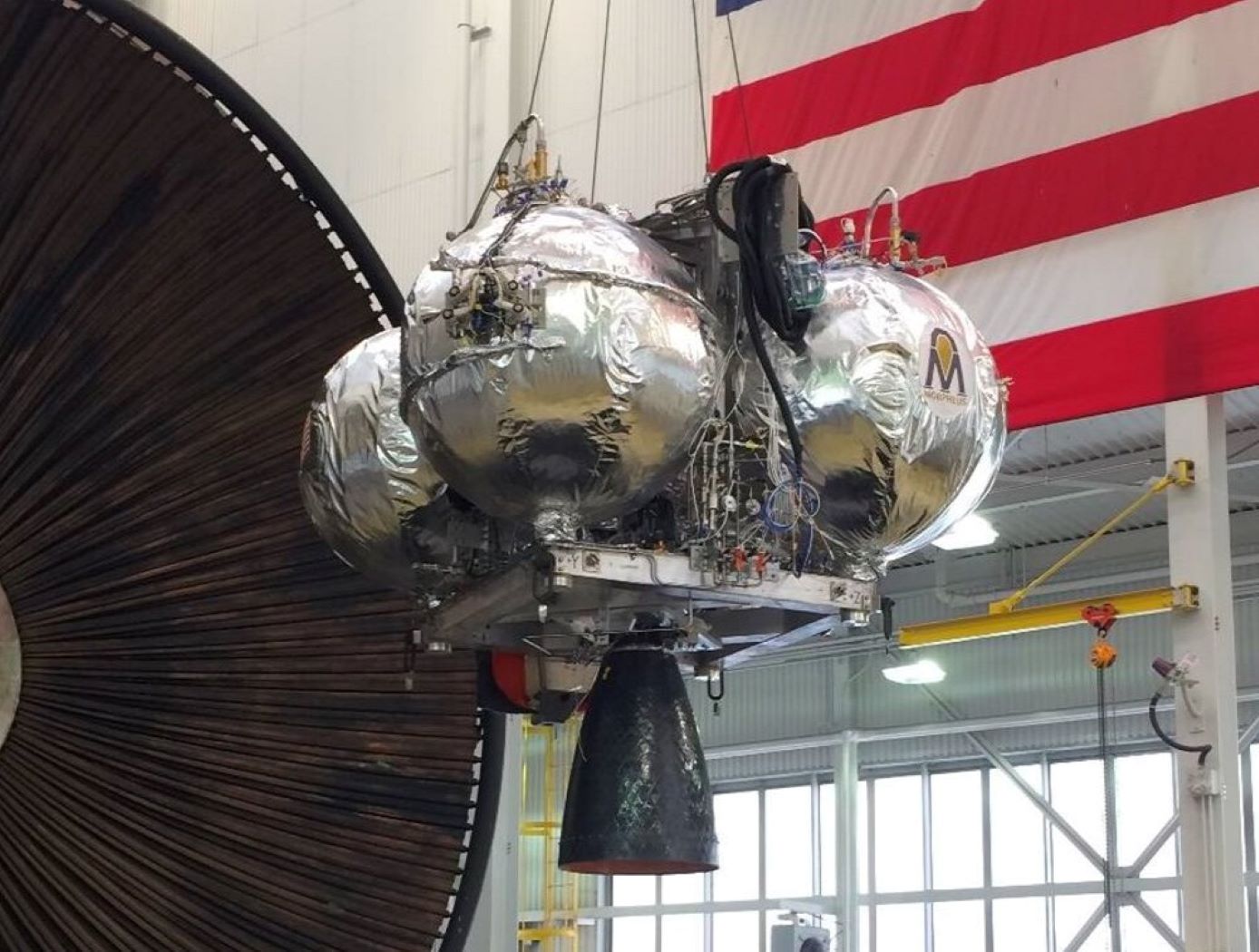Search
Materials and Coatings

High Atomic Number Coatings for Fabrics
High atomic number materials, such as tantalum, do not bond well to oxygen- and hydroxyl-rich surfaces, such as glass fibers. These metals often form surface oxides when layered on glass fabric, resulting in flaking of the high atomic number material off the fabric during cutting, folding, and/or handling.
To improve coating durability, this invention applies a lower atomic number metal as a tie down layer first before applying the high atomic number metal layer. The tie down layer reduces oxide formation between the substrate and the high atomic number material, promoting adhesion. Titanium has shown strong adhesion with different metals and is effective at reducing oxide formation when diffusion bonded to itself or other materials. It has been shown to be effective at improving durability when thermally sprayed onto a glass fiber fabric as a tie down layer for a subsequent tantalum layer (also applied via RF plasma spray). The titanium layer is only approximately 1 mil thick but results in strong adhesion of the tantalum layer by inter-metallic or diffusion bonding. A thermal spray process may be used, as well.
This innovation enables the delivery of high atomic metal coating on glass fiber fabrics and other polymeric substrates that are lower cost, lighter weight, and durable to form a flexible cloth material with Z-graded radiation shielding. Coated samples have been produced and the technology is currently at a technology readiness level (TRL) of 4 (prototype).
Electrical and Electronics

Self-Cleaning Seals
This NASA innovation applies the concepts of electrodynamic dust shielding (EDS) to develop seals (e.g., O-rings) with active self-cleaning capabilities. NASA’s self-cleaning seals are manufactured in the following manner: A seal with a conductive surface (or otherwise fabricated to be conductive) is generated and an electrical connection, lead or electrode is attached. Next, a dielectric material is coated or placed over the conductive surface of the seal. (NOTE: Using conductive elastomer materials eliminates the need for a conductive cover layer) A high voltage (nominally >1kV) power supply is connected to the conductive layer on the seal and grounded to the metallic groove or gland that houses the seal.
Given the design, dust accumulates on the outer dielectric layer (a high-voltage insulator) of the seal. To clean the seal, a time varying alternating voltage is applied from the power supply, through the high voltage lead and onto the conductive layer of the seal. When this voltage is applied, the resulting electric field produces Coulomb and dielectrophoretic forces that cause the dust to be repelled from the sealing surface. In practice, NASA’s self-cleaning seals could be operated in continuous cleaning mode (actively repelling dust at all times, preventing it from ever contacting the seal surface) or in a periodic cleaning cycle mode (removing dust from the seal surface at regular intervals).
NASA’s self-cleaning seals have been prototyped and demonstrated to be highly effective at dust removal. The invention could serve as the basis of an active, self-cleaning seal product line marketed for in-space and/or terrestrial applications. Additionally, companies developing space assets destined for operation on dusty planetary surfaces (e.g., the Moon) may be interested in leveraging the technology to protect seals from dust/regolith accumulation, ensuring continuous low leakage operations.
Electrical and Electronics

Coil-On-Plug Igniter for Reliable Engine Starts
Spark-ignition devices have proven to be a high-reliability option for LOX/LCH4 ignition during development of the Integrated Cryogenic Propulsion Test Article (ICPTA) main and reaction control engines (RCEs); however, issues including spark plug durability (ceramic cracking) and corona discharge during simulated altitude testing have been observed, contributing to degraded spark output and no-light engine-start conditions. Innovators discovered that ignition system reliability could be improved and weight reduced by eliminating the traditional coil and spark plug wire. To achieve this result, engineers made the innovation by modifying an automotive coil-on-plug igniter to provide new high sparking energies at the point of combustion using low supply voltages. The coil was modified by vacuum-potting it into a threaded interface that mounts into existing spark plug ports on the ICPTA main engine and the RCEs. Engineers fabricated custom electrode tips that were thread-mounted into the potted coil body. Epoxy insulation was chosen with high dielectric strength to maintain insulation between the electrode and threaded adapter. Vacuum potting successfully prevented pressure or vacuum leakage into the coil body and maintained spark energy and location at the electrode tip. Successful hot-fire ignition was observed at sea-level, altitude, and thermal-vacuum for both ICPTA RCE and main engine igniters down to 10^-3 torr, which approaches the vacuum of cislunar space.
This technology is at technology readiness level (TRL) 7 (system prototype demonstration in an operational environment), and the related patent is now available to license. Please note that NASA does not manufacture products itself for commercial sale.



